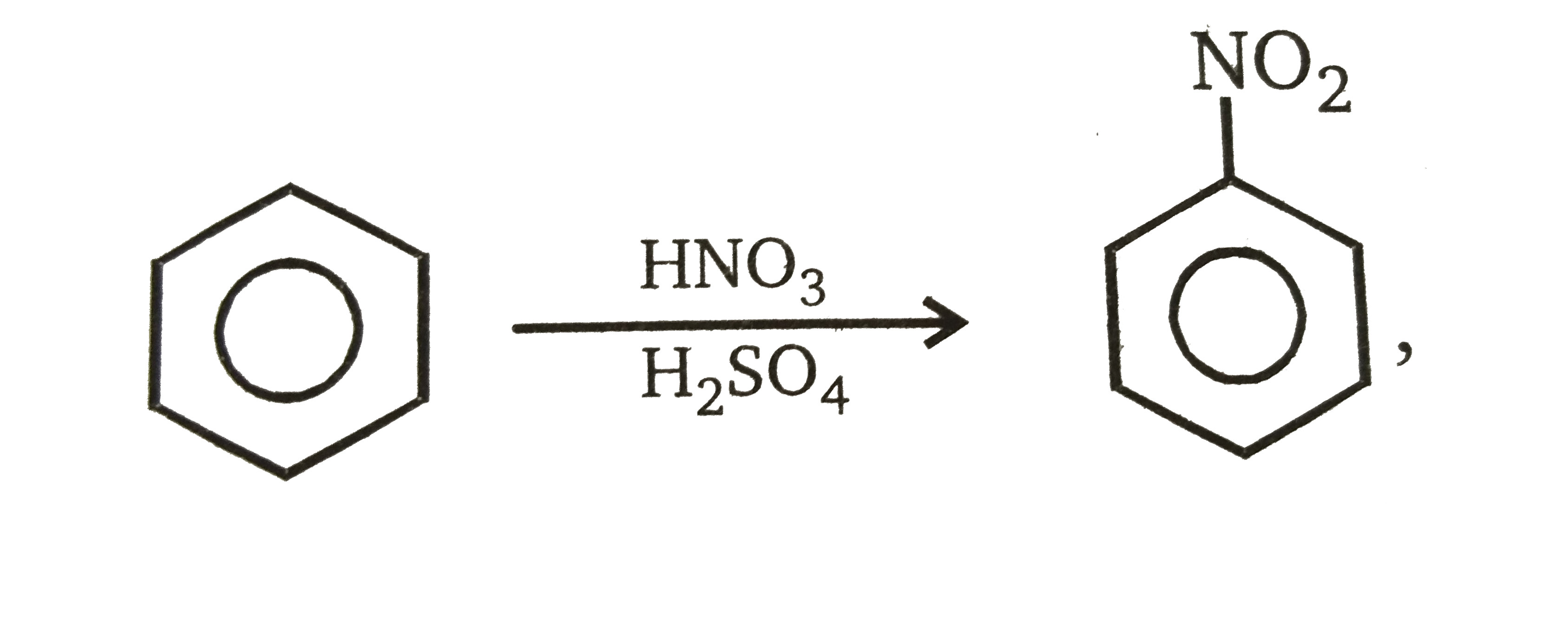A solute forms a pentamer when dissolved in a solvent. The van't Hoff factors 'I' for the solute will be :
A
0.5
B
5
C
0.2
D
0.1
Video Solution
Text Solution
The correct Answer is:C
5X→X5
i=1−(1−in)=1−(1−15)=0.2
|
Topper's Solved these Questions
- SOLUTIONS BOOK - NCERT FINGERTIPSCHAPTER - SOLUTIONS EXERCISE - Higher Order Thinking Skills
10 Videos
- SOLUTIONS BOOK - NCERT FINGERTIPSCHAPTER - SOLUTIONS EXERCISE - NCERT Exemplar
26 Videos
- SOLUTIONS BOOK - NCERT FINGERTIPSCHAPTER - SOLUTIONS EXERCISE - Colligative Properties And Determination Of Molar Mass
32 Videos
- PRACTICE PAPER -3BOOK - NCERT FINGERTIPSCHAPTER - PRACTICE PAPER -3EXERCISE - Practice Paper 3
50 Videos
- SURFACE CHEMISTRYBOOK - NCERT FINGERTIPSCHAPTER - SURFACE CHEMISTRYEXERCISE - Assertion And Reason
15 Videos
Similar Questions
Knowledge Check
van't Hoff factor (i)
AIs less than one in case of dissociationBis more than one in case of associationCi=normal molecular mass /oberved molecular massDi=observed molecular mass/normal molecular massThe electrolyte solutions show abnormal colligative porperties.To account for this effect we define a quantity called the Van't Hoff factor given by
i=Actual number of particles in solution after dissociationNumber of formula units initially dissolved in solution
i=1(for non-electrolytes)
i>1(for electrolytes, undergoing dissociation)
i<1(for solutes, undergoing association)
Answer the following questions:
certain substances trimerize when dissolved in a solvent A. The Van't Hoff factor i for the solutions isA2B13C3D0A solute X when dissolved in a solvent associates to form a pentamer. The value of van't Hoff factor (i) for the solute will be
A5B0.5C0.2D0.1
The Van't Hoff factor for a dillute aqueous solution of glucose is
View SolutionVan't Hoff factor is _____.
View SolutionFor a solute undergoing association in a solvent, the van't hoff factor
View SolutionIf van't Hoff factor i=1,then
View Solution , van't -Hoff factor (i) for this reaction is:
, van't -Hoff factor (i) for this reaction is:
View Solution
